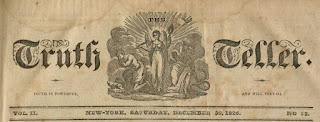John Steinbeck's Ballykelly roots

John Steinbeck's mother Olive (Steinbeck nee Hamilton) was descended from Hamilton's of Mulkeeragh, Ballykelly. In August 1952 Steinbeck visited Ballykelly to trace his family roots with his wife Elaine. Steinbeck wrote about the trip in Collier’s magazine the following year in an article entitled, 'I go back to Ireland'. COLLIER’S MAGAZINE 1953 (In the 1920's one) of my uncles made the trip (Joseph Hamilton of Chicago). He reported that he had wept out of pure sentiment the whole time. He also reported that the family was just about played out; there remained two sisters and a brother—Katherine, Elizabeth and Thomas —children of my grandfather's brother, all old and all unmarried. They lived in the "new house" (the old house had burned down several hundred years ago). After my uncle's return, we had an occasional letter from Elizabeth. She wrote a thin, elegant hand, and her English had an exquisite quality, reminiscent of the eight



